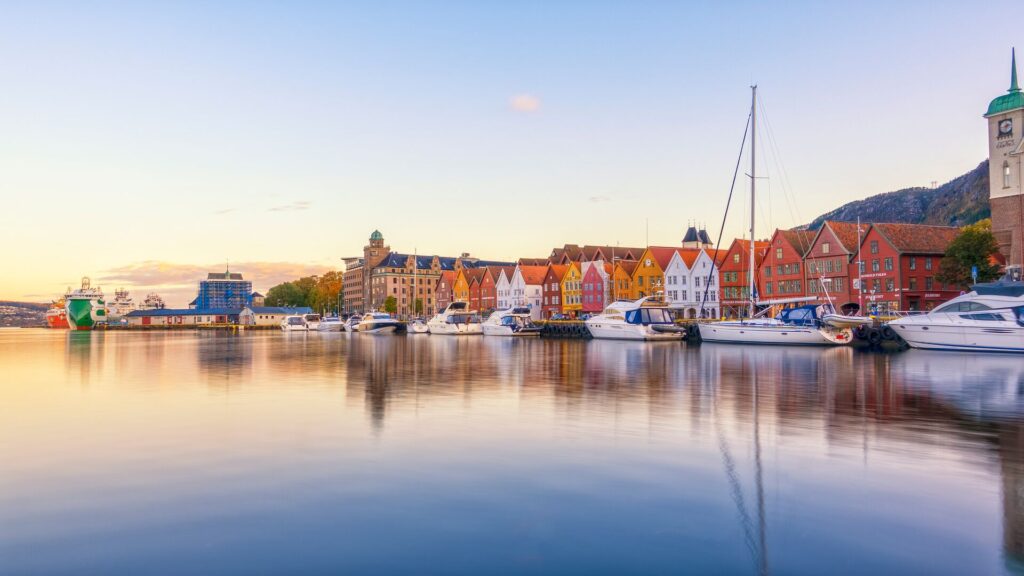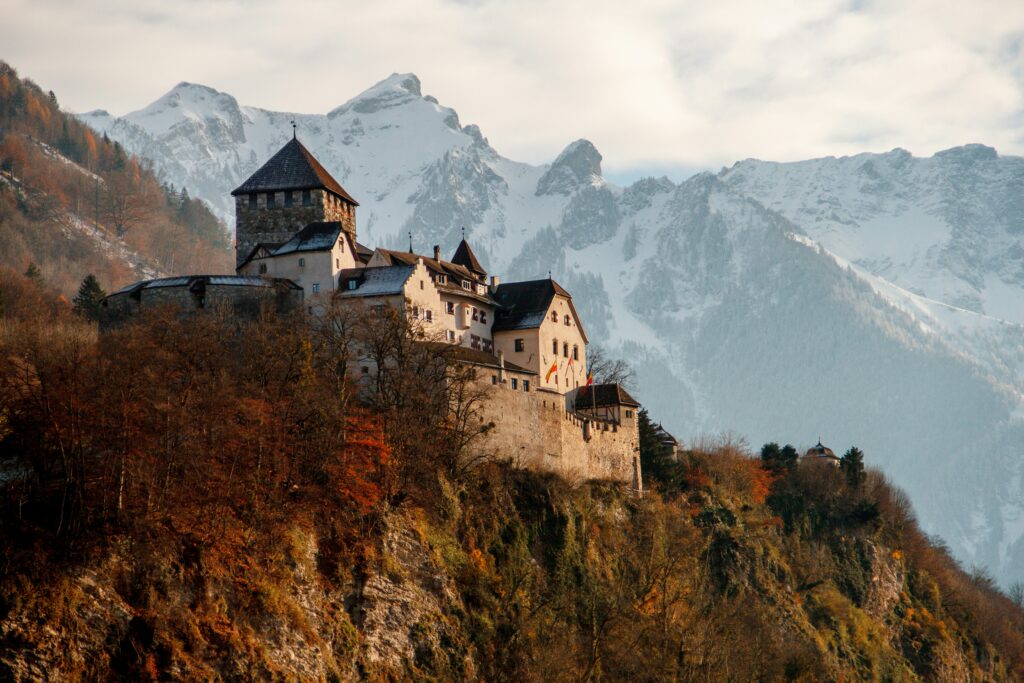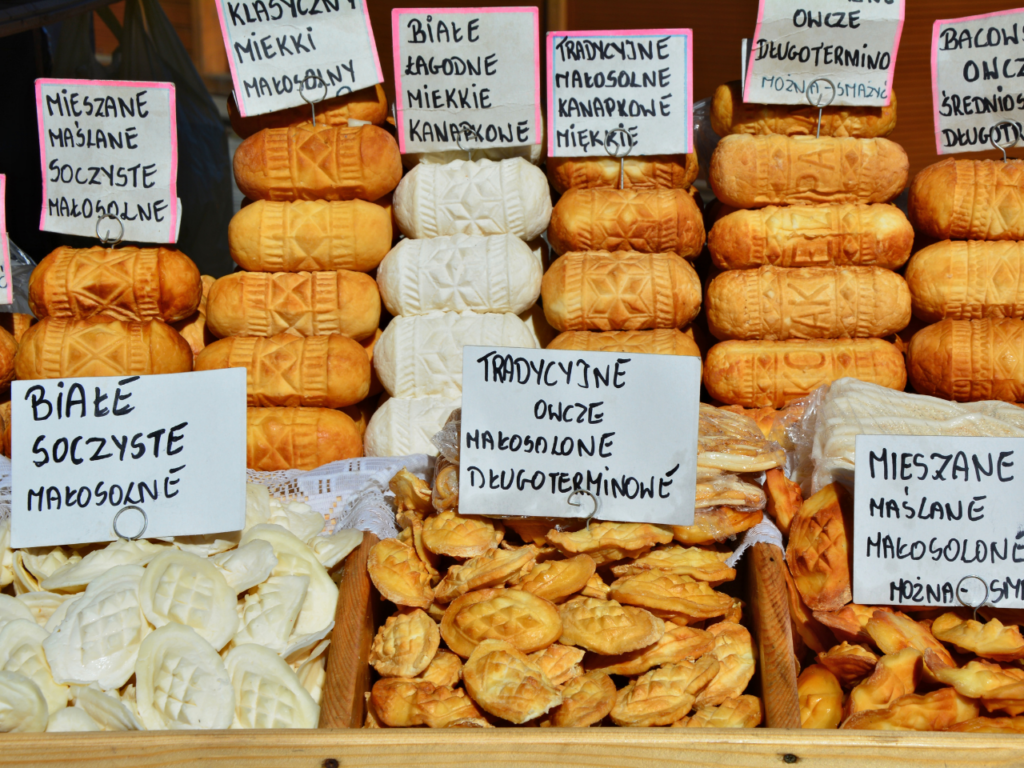Grape Expectations: Meet the Wine-Making Women of Umbria
Lungarotti stands as a pivotal force and emblem of wine excellence in Umbria, embodying the rich wine making history of Italy. Founded by Giorgio Lungarotti, a pioneer of modern Italian oenology, the journey began after World War II when he turned the family farm in Torgiano into a flourishing winery.
Since 1999, with his passing, the company has been guided by his daughter Chiara (CEO), her sister Teresa and their mother Maria Grazia, who together lead the Lungarotti Foundation. One of the special experiences on Country Roads of Italy, A Women-Only Tour, we had the pleasure to speak with Chiara, to learn more about the family winery and business, and its role in placing Umbria on the world map.
This week’s insightful destination expert, Chiara (pictured below left, beside her mother, sister and nephew) inspired this week’s Insightful travel trivia questions, clues to which can be found in this article.
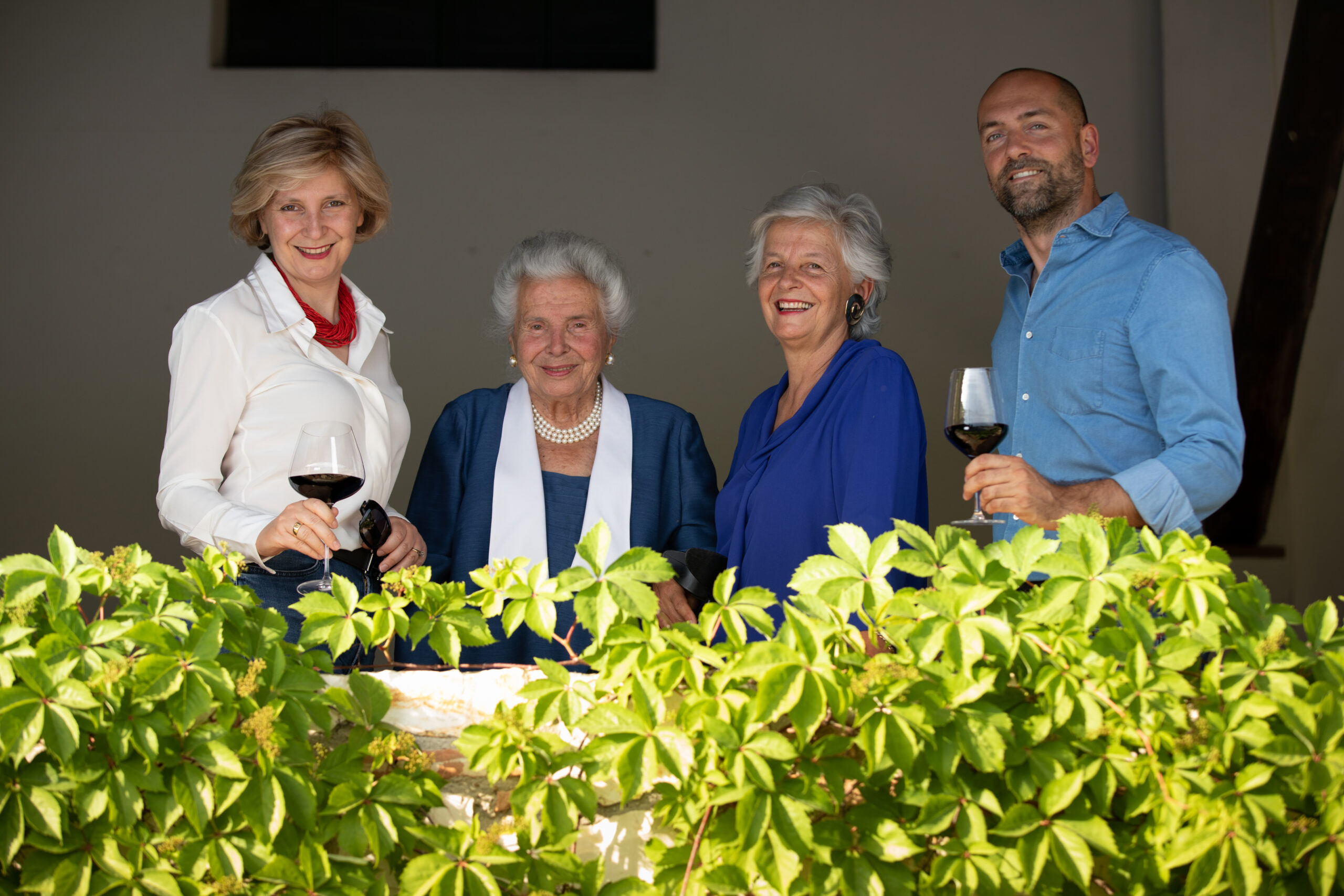
Umbria is the only region of Italy to not share a border with another country, nor a coastline
1. An authentic love story
Describing its history as “a love-story for the land spanning many generations” the Lungarotti winery has been producing wine and olive oil in the Mid-Tiber River valley as far back as two centuries ago, and over the years production and expertise has grown.
“When people come to visit, they will see and feel the authenticity,” says Chiara. “To me this is very important, because I am a country girl at heart. I’m genuinely in love with this land. It’s the same thing with my sister Teresa and, of course, with my mother, Maria Grazia. She is 98 yet still extremely active – we are very lucky that she’s so smart and brilliant.”
Together these three inspirational, skilled and driven women work to continue the family legacy. As CEO, Chiara guides the company’s overall strategy and vision. Maria Grazia and Theresa run the non-profit Lungarotti Foundation. Created in 1987, the foundation promotes the culture of wine and olive oil while safeguarding Umbria’s artistic heritage and craftsmanship. A key part of this being the Museum of Torgiano (MUVIT), opened in 1964 as one of the first and most complete of its kind in the world, and the Olive and Oil Museum (MOO), opened in 2000.
2. Fond memories and a family legacy
The man famed with turning the family winery into a household name is Giorgio Lungarotti, Chiara’s father. From a young age, he displayed a remarkable talent and passion for winemaking, realizing the necessity for modernizing viticulture in Umbria. Understanding that enhancing quality would benefit both the wines and the region, he transformed the Torgiano hillsides in the early 1950s by planting carefully chosen native grape varieties.
This initiative resulted in the founding of a winery and the debut harvest in 1962, which culminated in the renowned 1964 vintage of Rubesco Riserva Vigna Monticchio (Torgiano Rosso Riserva), now celebrated as one of Italy’s premier red wines.
“For my father I was a kind of a late gift, when I was born, he was already 61,” says Chiara. “As soon as I could walk, he started to bring me around our vineyards, around the estate. This was to let me grow in the country and to understand what everything that surround us is, and how it works.
“I still remember, during summertime he wanted me to walk with my [bare] feet in the field, to understand and to create a link with the earth. This is where I got my passion for what I’m so lucky to live every day. For me it is so much more than a job.”
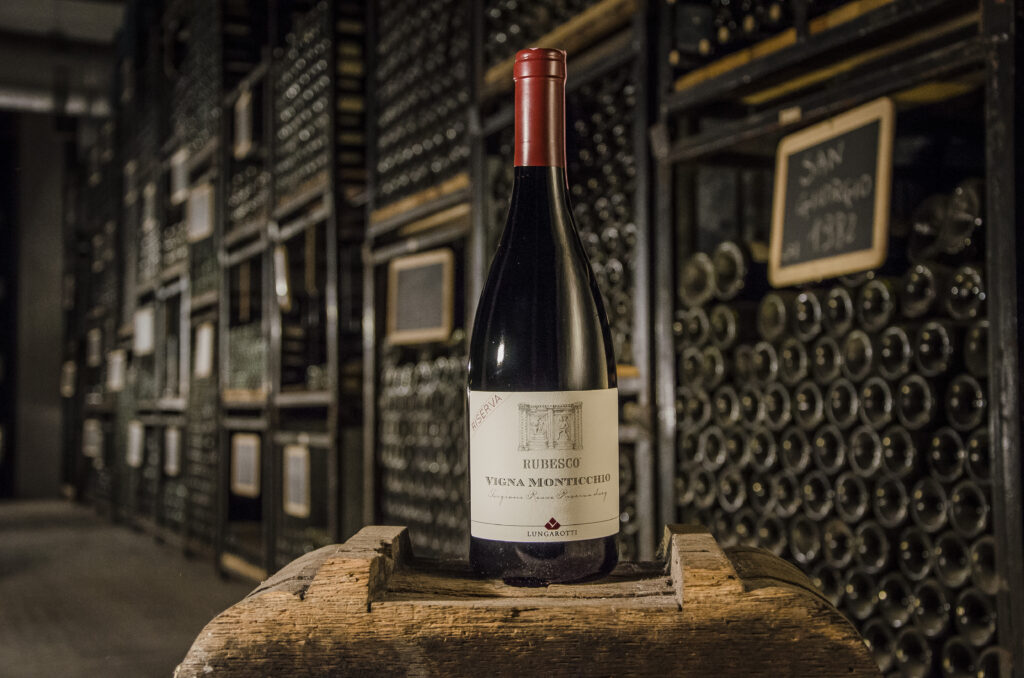
Today, Lungarotti totals 250 hectares of vineyards between the two wineries of Torgiano and Montefalco. Together they produce a total of 29 different labels for an average of about 2.5 million bottles a year. “It’s the people that make this estate, the whole team,” says Chiara. “We share most of our time together, so we are kind of big family. One of my favorite parts of the business is seeing the fruits of the work and coordination between enologist Vincenzo Pepe and agronomist Attilio Persia, assisted by Lorenzo Landi, the company’s consulting enologist.” Chiara’s nephew Francesco and niece Gemma are also a key part of the team.
3. In wine, you’ll see many women at the helm
When asked is it unusual to have women at the helm of a wine business Chiara explains that it is not as unusual as it used to be. “I remember after my father had passed away, I was 27 when I first participated on a board of Federvini and I was the only woman. But almost 25 years have passed since then, and things are greatly changed. Today you can find professional women of all different agencies sitting on the boards. As I always say it’s not a matter of your gender, it’s matter of your mind. If you’re skilled, if you have duly studied, then it is your rightful place.”
4. A tale of two wineries
The original Lungarotti family winery in located in the beautiful hamlet of Torgiano, in the heart of one of Italy’s smallest DOC zones. It is here that Insight guests visit on Country Roads of Italy, A Women-Only Tour. A magical place, it contains the precious “vault”, the company’s pride and joy where the old vintages of the great Rubesco reserve wines from the early 1960’s to today are stored. In addition to vineyards on the hillsides as far as the eyes can see, the company also boasts a vast 12-hectare olive grove for producing two types of organic extra virgin olive oil.
Quoted on her official company bio as “being able to recognize [the land’s] smell and taste even blindfolded,” we asked Chiara how Torgiano might smell to a newcomer. “If you visit in springtime, you have a fantastic mixture of blooming grasses, blooming from the fruit trees and all the little woods in the middle of the vineyards. In summertime, you get this smell of the dry soil and heat, or the soil after summer rain. It’s such an emotional connection,” she tells us.
Chiara explains that the Torgiano winery is not certified organic as, due to proximity with neighbors, it is not possible to guarantee avoiding all potential pollutions, and therefore it has VIVA sustainability certification. Their second property created in 2000, the Montefalco Estate, is certified to produce organic wines including the Montefalco Rosso Riserva DOC, and Grappa di Sagrantino Riserva. Here the winery is completely underground, favoring natural temperature control, as well as gravity-driven filling of fermentation vats.
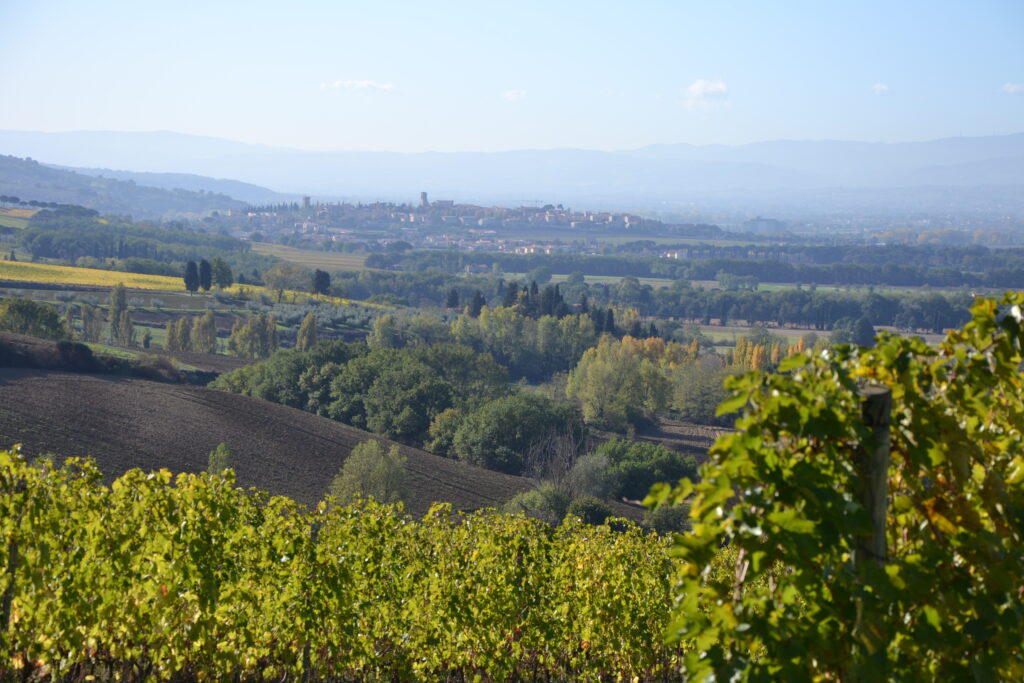
SAVE UP TO $2,000 PER COUPLE* ON YOUR FIRST PREMIUM TOUR.
Plus receive latest offers, travel inspiration, and discover how your travels will make a positive impact. Together, WE MAKE TRAVEL MATTER®. Subscribe Now5. Sustainability is in Lungarotti DNA
“Sustainability is not some something arrived recently in our philosophy, it’s part of our DNA,” Chiara says. “We seek to not just maintain but, as far as possible, improve what we received.
“The most important thing is to have healthy grapes at the moment of the harvest, but the health of the grapes has to be pursued in a sustainable way. To have a proper effect there are numerous technical things that must be in place, such as a proper canopy management programme and a proper green pruning operation.
“It’s very important to have a technical background to take the right decisions, including those regarding sustainable practices,” she says. “I studied agronomy and it means, whilst I don’t run the everyday operation, I can sit with our agronomist, our vineyard manager and our enologist, and talk about what to do and what not to do in order to get the desired results in our products.”
6. Five pillars
“Of course, sustainability is not just environmental – it also must be economic and social, otherwise it’s just words and can’t last,” Chiara advises, offering a perfect segue into the 5 C’s that make up Lungarotti’s sustainability philosophy.
“The first C is country, how we take care about our countryside. For example, we don’t use chemical fertilizer, we use cover crop for fertilization and carbon sequestration and keep different small woodlands among the vineyards to preserve the biodiversity.
The second C is the winery, the cellar, or as it is known in Italian, the cantina. “Here we recuperate the water that we use during fermentation or during summertime for temperature control,” she says. “We refrigerate it and reuse it, because water is one of the greatest resources we have. We also carefully choose machinery with minimum emissions and power utilization. We source renewable energy from photovoltaic rooftop panels” she tells us, noting that this is just a sample of everything that is put in place”.
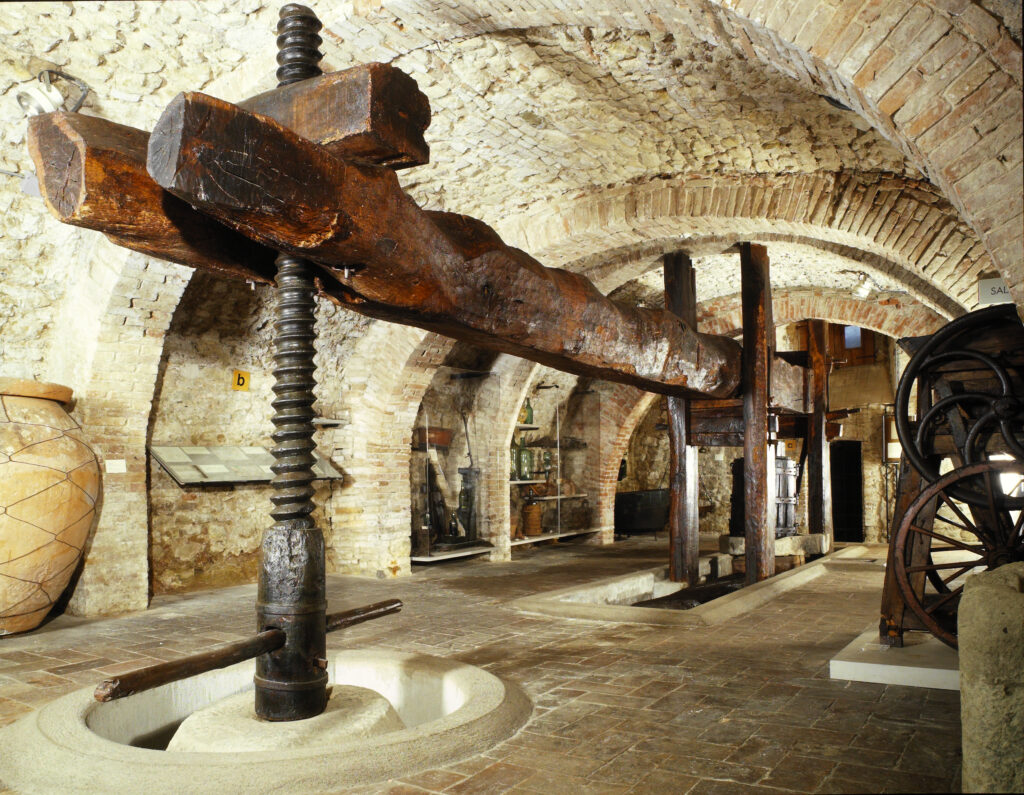
7. Culture and community
“Then we have the third C which is culture,” Chiara shares. “With the Wine Museum and the Olive Oil Museum both in Torgiano, we created two tools to promote these two pillars of Umbrian agriculture in the world.” Founded in 1974, the family’s wine museum is considered by New York Times as the best of Italy and The Drink Magazine considers it one of the very best in the world. “We’re very proud of that,” she continues. “You can learn about the importance of wine [and olive oil] in our history, our tradition and our culture.
“Community and what we can do to help them is key, and makes up the fourth C. With the museums, we bring a higher number of visitors to Torgiano than inhabitants, which is very important for the local economy.” The inspiration behind these two ventures, Chiara’s mother Maria Grazia was a pioneer in wine tourism in Umbria. She was one of the first to believe that viticulture can generate satellite activities associated with specialized tourism, incoming and hospitality.
“Last but not least the final C is continuity,” she says with a knowing smile, “because if you don’t have continuity in what you do, everything else is rather hollow.”
8. A Umbrian Icon
“One thing I’m particularly proud of is what my family has put into his territory,” says Chiara. “Just a few days ago we were talking about the characteristics and distinctive points of Lungarotti. We talked about family, vineyards, the winery, the quality, etc. But what it really is, is that my father put Umbria on the worldwide map.
“We’re so very proud of our territory and continue to always nurture it. I always talk first about Umbria, the green heart of Italy that you know, with its thousands of different greens all around the landscape. What we do for our territory makes me proud, to pass to the next generation something even better than was what we received from the previous one. To then share all this with visitors is always something very special of which we will never tire.”
LIKED THIS POST? SHARE WITH YOUR COMMUNITY

